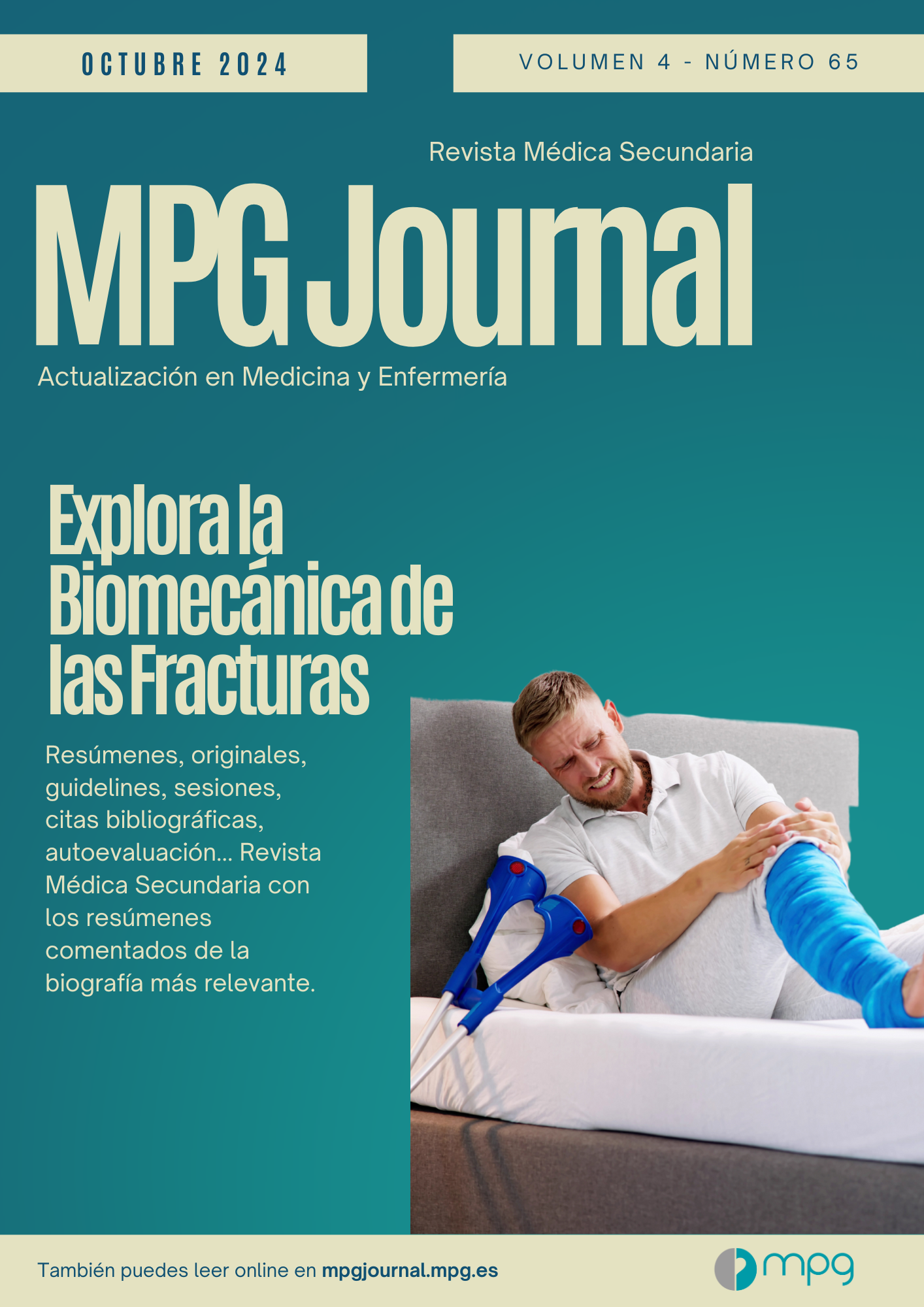1. Tromboprofilaxis tras una fractura: ¿aspirina o heparina de bajo peso molecular?
Palabras clave:
Fractura, TromboprofilaxisResumen
Las guías de práctica clínica recomiendan el uso de heparina de bajo peso molecular (HBPM) como tromboprofilaxis tras una fractura. Sin embargo, el uso de aspirina es controvertido. Se comparó la efectividad y seguridad de la aspirina frente a la HBPM como tromboprofilaxis en pacientes con una fractura de una extremidad. Se demostró que la aspirina no fue inferior a la HBPM como tromboprofilaxis para la prevención de muerte. Además, se asoció a una baja incidencia de trombosis venosa profunda, embolia pulmonar y mortalidad a los 90 días.
Clinical guidelines recommend the use of low-molecular weight heparin for thromboprophylaxis after an extremity fracture, but the effectiveness of aspirin is not well known. This study compared the effectiveness and security of aspirin versus low-molecular weight heparin in patients with an extremity fracture. Thromboprophylaxis with aspirin was noninferior to low-molecular weight heparin in preventing death and was associated with low risk of venous deep thrombosis, pulmonary embolism and 90-day mortality.
Referencias
:158:800-6. Anderson DR, Dunbar MJ, Bohm ER et al. Aspirin versus low-molecular-weight heparin for extended venous thromboembolism prophylaxis after total hip arthroplasty: a randomized trial. Ann Intern Med.
;355:1295-302. Prevention of pulmonary embolism and deep vein thrombosis with low dose aspirin: Pulmonary Embolism Prevention (PEP) trial. Lancet.




MPG Journal - Política de privacidad